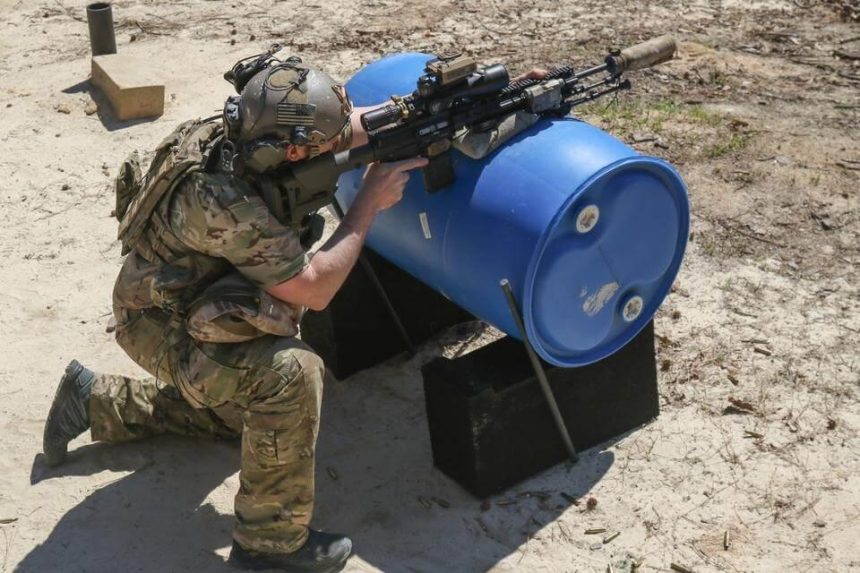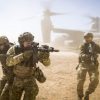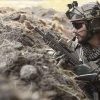Special forces and their role in the history of warfare had not much changed throughout history. From the very beginning, they receive priority when it is desirable to liquidate the enemy in “hit and run” actions or to perform different kinds of sabotage. In such cases, the deployment of large-scale conventional military formations met the required targets. In contrast, not numerous specially trained units could bring much greater benefits.
The activities of special forces are not confined only to the killing and destruction but include, among others, reconnaissance missions, providing other valuable components of military intelligence. In recent years, their most famous mission medially fight against terrorism and the insurgency. This is in many situations, leads to a “very gray” area of law …
From antiquity to modern times
Even in times, long past commanders have realized that it is advantageous to have an elite group of warriors in our midst that proves what others can not. In ancient times, the leader follows Hamilcar Barca’s (Hannibal’s father) specially trained troops, then inflict damage to the enemy several times a day.
Later in the Crusades arose units of Templars (also with special training) and those attacking smaller Muslim groups to obtain prey. Even the Muslim army had special-purpose units. Among them was the naval unit, which used camouflaged ships and thus can more efficiently carry out espionage and punches. Other Muslim troops disguised themselves as crusaders ruse to get on board the ship, which was subsequently occupied.
In ancient China, feudal Japan and the various clans and organizations educate elite fighters called ninjas. Trained in martial arts, special tactics, asymmetric warfare, and guerrilla fighting while using the most modern weapons available. Usually, you are hired antagonizing leaders to destabilize the situation of its rival. The challenge in such circumstances ninja was espionage, assassinations, sabotage, etc.
Even in the Napoleonic Wars, some units have not paid the turmoil on the classic battlefield. Received special tasks and exploratory character roles as outposts.
The British army needed specialized units uncompromisingly enrolled during the second Boer War (1899 – 1902, Africa). Meet the requirements best tracker units that excelled in shooting and overall combat skills. Unit created in 1900 Lord Lovat and after the war formally became the first sniper unit in the British Army.
The First World War
During the First World War created Colonel Bassi of the Italian Army task force ( Reparti d’assalto ) battalion-size called Arditi. They were assigned the role of tactical impact sections, which consisted of disturbing the enemy’s defenses, which should pave the way for further progress infantry. Arditi was not considered for infantry troops but seen them (and organized) as a separate combat wing. They received advanced tactical training, the best and most modern equipment, and new uniforms are different from the rest of the army.
These units can be considered as the first “real” special forces in the modern world. On the German side, the deployment of specially trained units Sturmtruppen reflected in a successful spring offensive, where their unconventional infiltration tactics de facto ranked among special forces.
The Second World War
The Second World War was created in 1940 by the British Army Commandos. A previous call to Winston Churchill heard it after the formation of “specially trained warriors hunting qualities, who can unleash on a hostile shore Government of terror.” The basic building block of units Commandos were volunteers from existing soldiers. They continued as germs other special units, including Desert groups with long-range ( Long Range Desert Group ), Special Air Service (SAS), Special Boat Service (SBS), and the Small Scale Raiding Force of the Special Operations Executive.
The German Wehrmacht was also adapted to the new needs of the war. Originated from the Schutzstaffel Waffen-SS, which originally served as the protector of the NSDAP, and later it evolved paramilitary Commandos. Waffen-SS in the war played an important role mainly on the Eastern Front. The last fight which faced the SS was the Battle of Berlin, where he tried to stop the Soviet advance.
During the campaign in Burmě (former Burma), take the unit Chindits from their bases deep inroads in the Japanese enemy. At the cost of many casualties in clashes with the Japanese in the jungles, Burmských gained experience applied in the many postwar operations of the British Army.
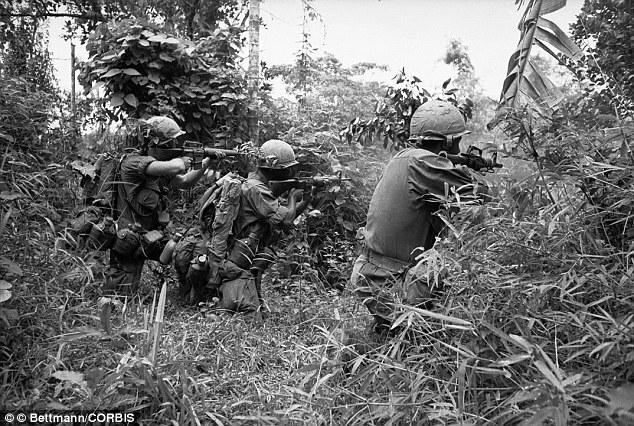
In mid-1942, the United States created the model of commando unit Rangers. U.S. and Canada also established the sabotage ski brigade for operations in Norway. It finally operated in Italy, where it became known as the Devil’s Brigade.
On 21st October 1944, Hitler’s Skorzeny was transferred to Berlin. He had, in fact, been inspired by an American twist, which used three captured German tanks with German colors to the overwhelming devastation of Aachen. So Skorzeny assigned command of the armored brigade, which then conducted Operation Greif.
Something about two dozen German soldiers, most of them in captured American army Jeeps and disguised as American Military Police officers, penetrated American lines in the early hours of the Battle of the Bulge and sowed confusion on the secondment Allied convoys away from the front lines. A handful of men have captured Americans and spread a rumor that Skorzeny led a raid on Paris to kill or capture General Eisenhower. Although it was a lie, Eisenhower was the weeks moved into its headquarters and the Skorzeny been labeled “the most dangerous man in Europe.”
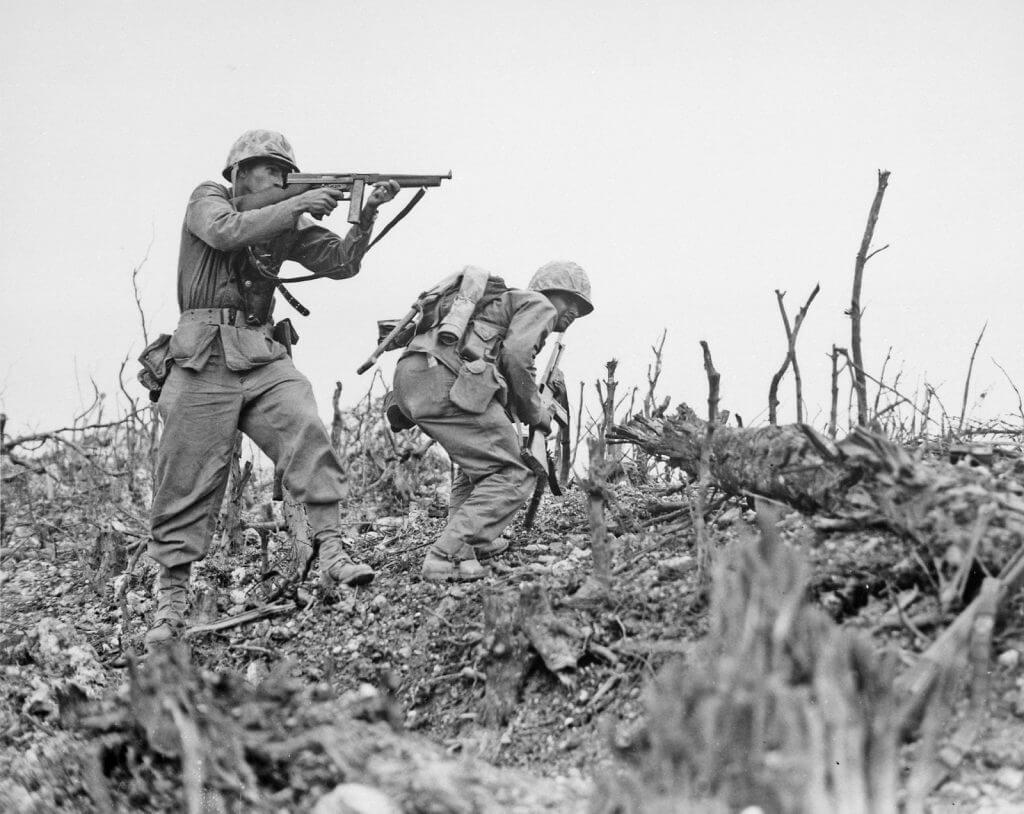
Italy was responsible for the sinking or destroying a considerable amount of material allied with Flottiglia Decima MAS. After the division of Italy in 1943, it retained those who fought against the Germans, the original name, and those who against the Allies, renamed the Mariassalto.
Z Special Unit was an Australian naval commando unit that bombed Japanese ships in Singapore harbor.
In Finland, the unit worked Kaukopartio. Conducted reconnaissance missions deep in the Soviet Union and has also been used to destroy strategic targets.
Late 20th and early 21st century
During the second half of the twentieth century and in the twenty-first special forces are becoming more important as governments have found objectives, which are sometimes better achieved by a small team consisting of anonymous specialists than a larger and more politically controversial conventional deployment of military forces. As in Kosovo and Afghanistan, special forces were used to coordinate local guerrillas and air forces.

Special forces were consistently used in key military operations such as the Falklands War, Great Britain’s trouble with guerrillas in Northern Ireland, in both Gulf Wars, Afghanistan, Kosovo, Bosnia, first. Second Chechen War, the Iranian Embassy siege in London, during the Moscow hostage crisis in the theater, the next hostage crisis at the Japanese embassy in Lima, Peru … one could go on for a long time.



